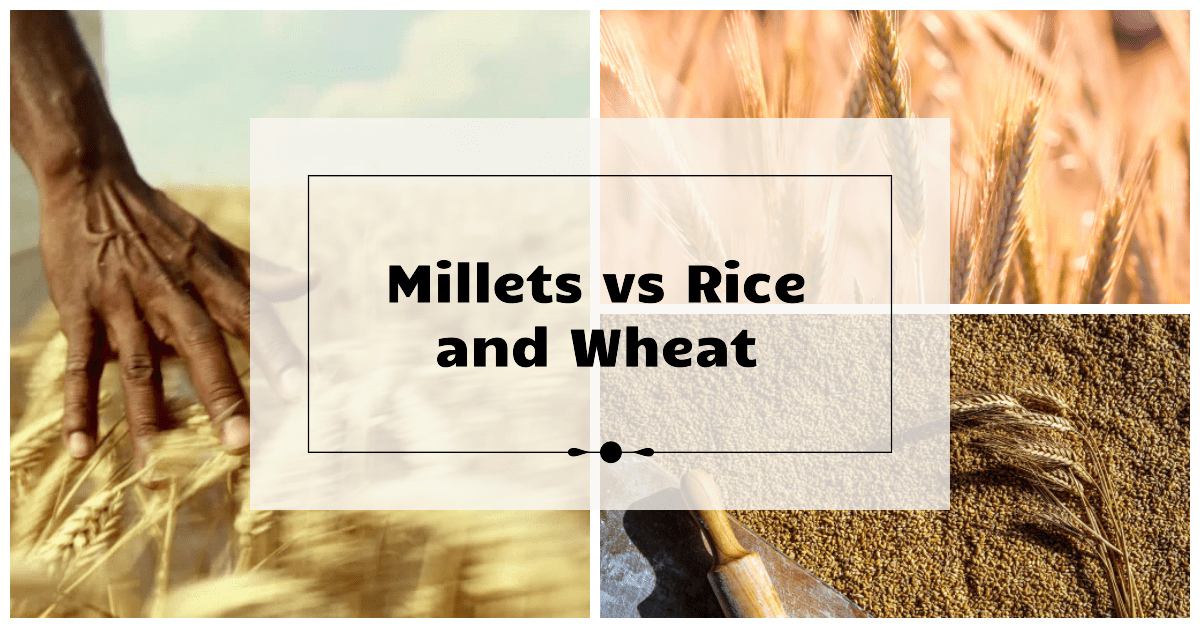Millets have been a core part of traditional Indian diet due to the ease with which one could cultivate these grains even during difficult times brought about by unprecedented phenomenons such as drought. They served as an important source of dietary fiber, antioxidants, and micronutrients for many generations in countless rural communities in India. However, rice and wheat began gaining popularity amongst Indian farmers with the advent of high-yielding variety (HYV) seeds that were distributed to farmers. Due to the increased crop yields that the Green Revolution’s HYV (high-yielding variety) seeds provided, rice and wheat became a source of profits for farmers, beating millets out of the competition and becoming the new staples in India.
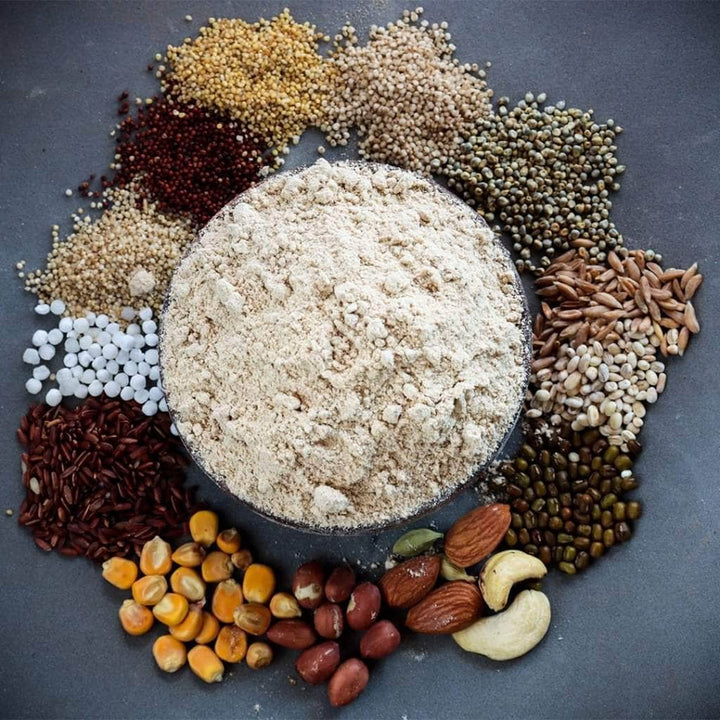
Ever since the G20 Summit 2023 declared this year as the International Year of Millets, the mainstream dialogue has been flooded with whispers about the benefits of the millets group over other popular grains such as rice and wheat. Whether you look at the debate from the perspective of ensuring better food security or prioritising nutritional worth, millets will surprise you with the overall value they can provide to you and your family.
Nutritional Value Comparison of Millets, Rice, and Wheat
Millets are a group of sustainable grains that include crops such as Ragi (Finger Millet), Bajra (Pearl Millet), Sorghum (Jowar), and more. These three types of millets have proven themselves to be highly fibrous and nutritious in magnesium, iron, protein, and phosphorus.
| Grain | Protein (per 100 gm) | Calcium (per 100 gm) | Iron (per 100 gm) |
|---|---|---|---|
| Ragi | 7.3 gm | 344 mg | 3.9 mg |
| Bajra | 11.6 gm | 42 mg | 3.9 mg |
| Jowar | 10.4 gm | 28 mg | 3.4 mg |
On the other hand, rice is considered to be a good source for carbohydrates, while wheat is acknowledged for its dietary fiber and proteins. However, the two crops fall short in providing micronutrients when held in comparison to millets.
| Grain | Protein (per 100 gm) | Calcium (per 100 gm) | Iron (per 100 gm) |
|---|---|---|---|
| Rice | 2.7 gm | 10 mg | .7 mg |
| Bajra | 13.2 gm | 34 mg | 3.9 mg |
Nutritionally, millets seeds overpower rice and wheat in protein, dietary fiber and micronutrients composition. Although the nutritional value of each crop depends on cultivation methods and other farming variables, one can safely consider millets to be potentially better for the average Indian’s health.
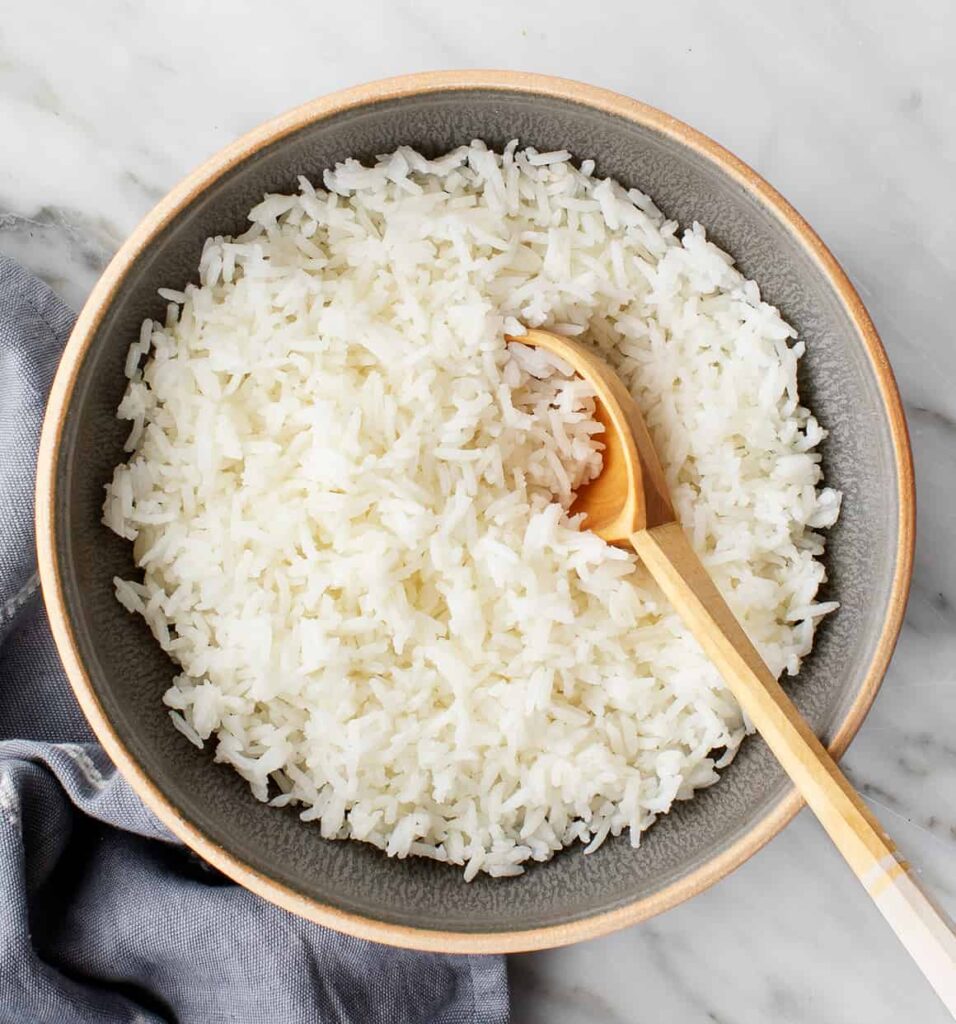
Taste and Versatility of Millets, Rice, and Wheat
All three types of grains have their own cooking styles and unique tastes.
Millets have a mild flavour, with a slightly chewy texture- making it versatile for a large variety of dishes such as pancakes, porridges, and more.
Rice has a neutral flavour that does not dissolve even when cooked into a soft, fluffy texture. This crop is easy to cook into a variety of dishes such as curries, sushi, and more.
Wheat has a mildly sweet flavour with a highly chewy texture. While it is as widely available as rice, it is less easy to cook and may require specialised skills to create specific types of wheat-centric dish.
The Benefit of Millets for Diabetes
Millets are a far better option for a person suffering from diabetes when held in comparison to rice, and wheat. Millets have a low glycemic index which indicates that millets digest slowly but surely without releasing high amounts of glucose into the bloodstream. It regulates blood sugar levels unlike rice and wheat that have medium to high glycemic index.
Although white rice has a higher glycemic index than brown rice, the two still serve as one of the worse options for a diabetic person to include in their diet. On the other hand, Whole wheat is the better option over refined wheat flour as it has a lower glycemic index than the latter. However, a large variable that the grain’s impact on blood sugar levels rests on is the fiber processing methods employed to cook different dishes.
Millets, a Nutritious Solution for PCOS
According to The Hindu, around one in five Indian women (20% of Indian women) suffer from the popular hormonal disorder- Polycystic ovary syndrome (PCOS). For such women, re-assessing one’s nutritional intake becomes deeply important and essential for a speedier relief from painful symptoms that can last a lifetime.
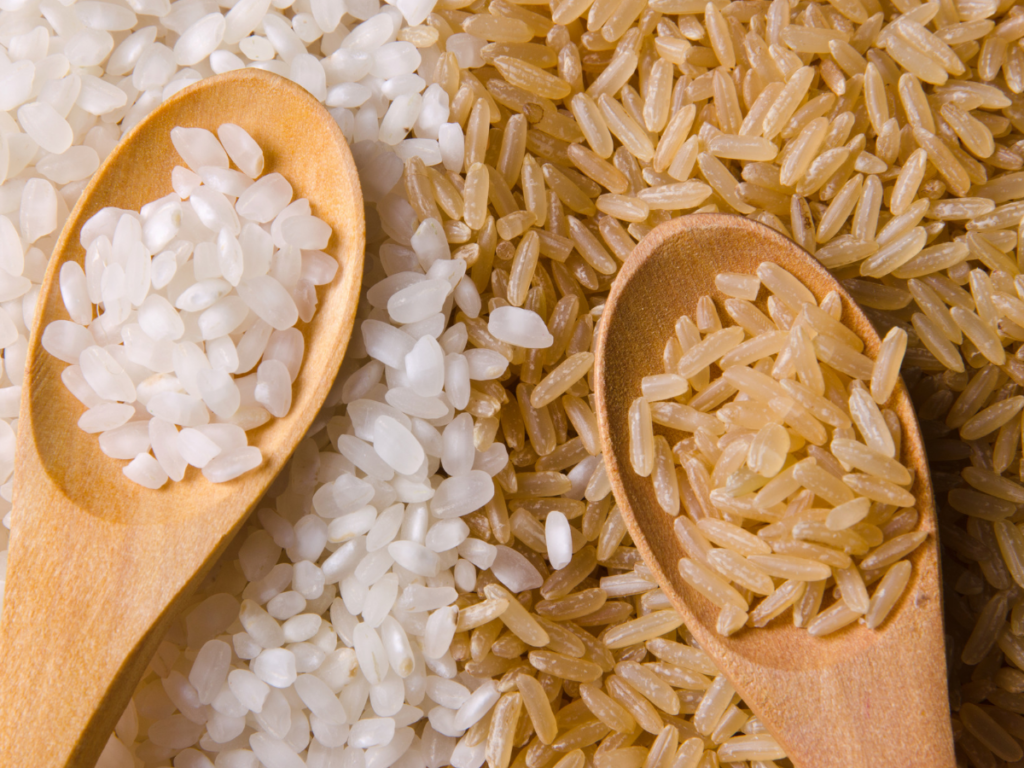
In such cases, millets are the best out of the three grains for consumption by people with PCOS. They are rich in fiber, iron, protein, magnesium, and phosphorus which helps in improving insulin resistance- a common problem that people with PCOS often suffer from. Millets also have a low glycemic index as aforementioned which further helps in regulating blood sugar levels that can be out of control due to the hormonal disorder’s impact on the body.
In case you wish to still consume rice and wheat-oriented dishes and food products, brown rice and whole wheat are the better alternatives to white rice and refined wheat flour respectively. The former two have a lower glycemic index than the latter options which makes them a healthier option for people with PCOS and other weight-related issues.
The Verdict: Are Millets the Better, More Sustainable Option?
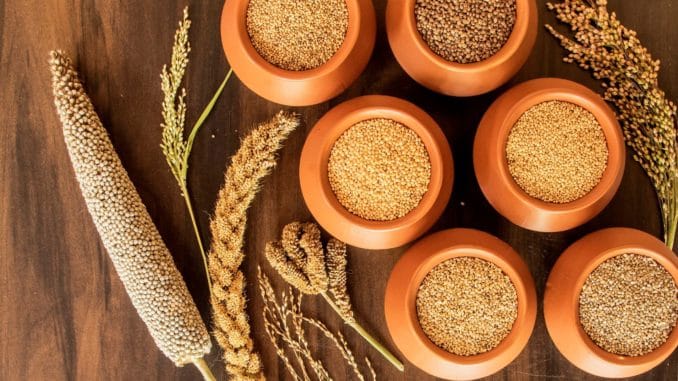
It is clear that rice might be one of the least all-rounded crop in terms of sustainability, farming, and nutrition composition. While wheat puts up a tough competition, Millets have proven themselves to be a much needed group of healthy grains amongst the three in the Indian food system. Easily grown, harvestable, and cooked, Millets provide a higher nutritional value than its counterparts and are great alternatives for people suffering from diabetes, PCOS, and other lifestyle diseases. Due to its high versatility, one can incorporate it into all types of dishes such as porridges, bread, desserts, and more without cutting off all the different dish options that rice and wheat provide with in the current Indian market.
Overall, millets are better than rice and wheat because they are nutrient-rich, have a low glycemic index, are gluten-free, sustainable, and versatile. Adding millets to your diet can provide a range of health benefits and can help diversify your meals.

